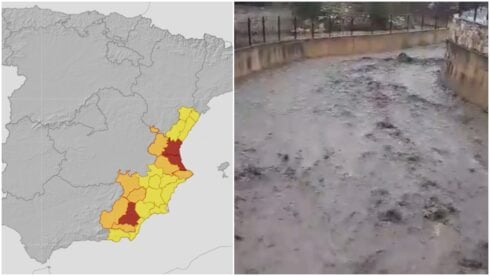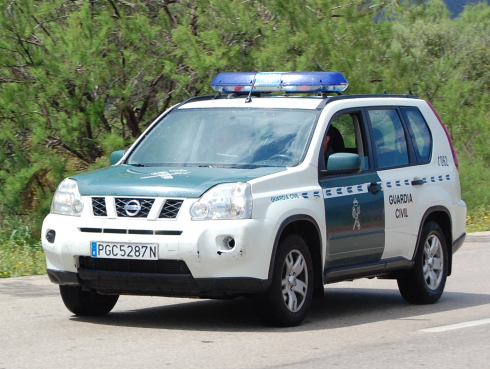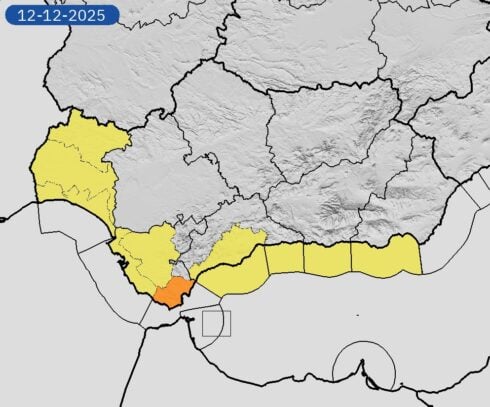MALAGA province has been identified as the Andalusian region most affected by the dangerous tiger mosquito.
A total of 82 people have been bitten by tiger mosquitoes in the province this year, nearly four times more than in 2022, when 22 people were bitten.
Aedes albopictus, commonly known as the tiger mosquito, is native to the tropical and subtropical areas of Southeast Asia but can now be found in many countries across the globe.
In recent years, Spain has seen a significant increase in the number of these specimens, which can transmit viruses such as dengue, zika and chikungunya.
Spain’s National Association of Environmental Health Businesses (ANECPLA) warns that this situation is likely to get worse due to globalisation and the current increase in temperature.
“We need to stay alert as Spain is the entry gate for a number of species of mosquitoes and other invasive species, which can negatively affect public health,” Jorge Galvan, ANECPLA General Director said.
In Malaga province, Torremolinos is the worst affected city, followed by Malaga and Marbella.
Meanwhile, in Spain, Barcelona, Alicante and Valencia are the cities with the largest population of the species.
According to ANECPLA, it is very difficult to control the tiger mosquito population, as they can easily adapt to survive in unfavourable conditions.
However, they need humid spaces to reproduce, as females place their eggs on the surface of accumulations of water.
To prevent this insect from reproducing, there are a number of measures that can be taken such as removing the water from pot plates, renewing the water of plastic swimming pools, keeping gutters and drains clean and changing the water of pets’ water dishes with frequency.
Read more:
- Population of mosquitoes that can transmit West Nile virus (WNV) grows in three Andalucian municipalities
- Pest control unit kept busy with tiger mosquitoes in Spain’s Valencia
- Spraying boost to stop mass hatching of mosquitoes on Spain’s Costa Blanca
Click here to read more Health News from The Olive Press.








